What are patents?
Patents give you a legal right to stop others from making, using or selling something you’ve invented.

When should you obtain a patent?
A patent is the legal right to protect your invention for up to 20 years in the country or region in which it is granted. To obtain a patent, your invention must be a ‘manner of manufacture’ which is new, useful and involves an inventive step. This can include a device, a method of making a product, the way a system works or even the new use of something already known.


Why obtain a patent?
A patent gives the owner exclusive rights to that invention or inventive process for up to 20 years. These rights can be licensed out or sold, thereby earning the owner future revenue.
Alan and Infinity IP have always made the process of protecting IP an organised journey. Protecting ideas doesn't happen instantly. The systems, options, pricing and service that they offer makes a relatively complicated process much easier for our team to understand and make good choices.
Any firm can sell you IP. I would recommend Infinity IP if you want to understand what you are purchasing.
Mark Hildesley | EDDI | AI Data Monitoring

What is patent best practice?
Leapfrog
When you’re in the process of developing a new product or process, it’s really beneficial to conduct a search to determine what else has already been patented in your area. This may enable you to “leapfrog” over the efforts of others and prevent you spending time reinventing the wheel.
Keep it Secret
It’s also important the potential patent subject is kept secret until after the patent application has been lodged. Any disclosure can destroy the novelty of the patent. We realise you may need to collaborate with others prior to finalising the invention, and in these situations, we recommend signing non-disclosure agreements.


What is the First Step to Obtaining a Patent?
The usual first step in obtaining a patent is to lodge an application accompanied by a provisional specification at the Intellectual Property Office, after which point disclosure of the invention can take place. Within 12 months of the initial patent application having been lodged, the complete specification should be lodged.
How to Protect a Patent Overseas
If you want to protect your patent overseas, you can either file applications in the particular countries of interest to you or file an application under “Patent Cooperation Treaty” (PCT). A PCT application undergoes a search and preliminary examination before the countries of interest are designated (commonly called National Phase). This gives you an idea as to the patentability of the invention before incurring the expenses of entering National Phase.

You’re in safe hands– Infinity IP owner Angela Searle is included in the

Work with us
“The single largest source of intangible value in company is its Intellectual Property.” – Angela Searle
Working across New Zealand and Australia, we help you understand the value of your intellectual property and protect it so your ideas can shine and your business can thrive.
Find another service
At the heart of the practice are Angela Searle and Alan Chadwick.
